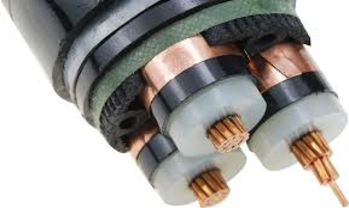
The basic structure of the power cable consists of a core (conductor), an insulating layer, a shielding layer and a protective layer.
The core is the conductive part of the power cable that is used to carry electrical energy and is the main part of the power cable.
The insulating layer electrically isolates the core from the earth and the cores of different phases to ensure electrical energy transmission.
And is an indispensable component of the power cable structure.
Power cables of 15KV and above generally have a conductor shield and an insulating shield.
The role of the protective layer is to protect the power cable from external impurities and moisture, and to prevent external forces from directly damaging the power cable.
1 The uppercase of the first letter of Chinese Pinyin indicates the type of insulation, conductor material, inner sheath material and structural features.
For example,
Z stands for paper (zhi).
L stands for aluminum (lv).
Q stands for lead (qian).
F stands for phase separation (fen).
ZR stands for flame retardant (zuran).
NH stands for fire resistance(naihuo).
2 The number of outer sheaths is represented by numbers and has two digits.
No number represents no armor layer, no outer layer.
The first digit indicates the armor and the second digit indicates the outer quilt, such as the thick steel armor fiber, which is indicated as 41.
3 The cable type is generally arranged according to the arrangement of the cable structure: insulating material, conductor material, inner sheath, outer sheath.
4 Cable products are indicated by model, rated voltage and specifications.
The method is to add the rated voltage, the number of cores and the nominal cross-sectional area after the model number.